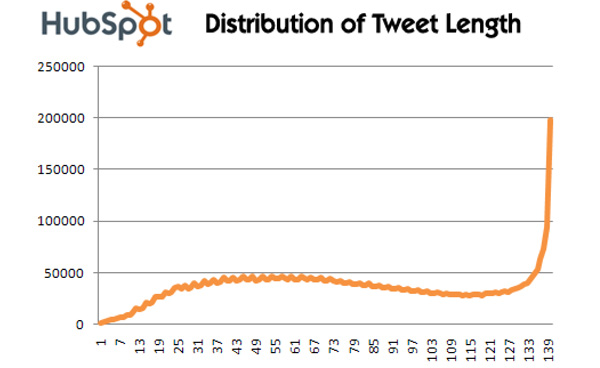Twitter: a sober look at the statistics. Part II
 In the previous post, we looked at the first doubts about the popularity of Twitter. Here we will continue this (not) noble cause, having in our hands more specific numbers. So.
In the previous post, we looked at the first doubts about the popularity of Twitter. Here we will continue this (not) noble cause, having in our hands more specific numbers. So.A new blow to the statistics of the popular service caused a study of the Participatory Marketing Network . According to their data, only 22% of the generation “Y” (18-24 years old) use Twitter . Despite the fact that in traditional social services like Facebook and MySpace 99% of young people are registered! Moreover, 85% of users in this category indicated that they “follow” friends and only a third follow the accounts of companies. By the way, I myself recently asked an audience of 20 students, they heard something about Twitter. Only two raised their hands. Just to say that you learned about it from me. I believe that the difference by 10% can be explained by the
This was followed by a study of Harvard Business School, conducted on a random sample of 300,000 accounts. His main discovery can be considered atypical of Twitter in terms of separation of the sexes. So, if in the classic “social networks”, such as Facebook and MySpace , the center of attention and communication is a woman, then on Twitter is a man. That is, despite the fact that 55% of users are women , men have 15% more followers . Moreover, the probability that an “average” woman would follow a man is 25% more than a woman. For men, this ratio is 40%.
Another fundamental difference between Twitter and other social services is the Pareto-distribution function of the number of messages from the number of users, which resembles Wikipedia more than Facebook and MySpace . In particular, on Twitter, 90% of messages are written by 10% of users . In Wikipedia, the ratio is 90/15, and for the “traditional” social service - 10/30. These distributions are graphically displayed in the following graph:

Thus, we see that comparing Twitter with Blogger.com is not so strange.
As for the topic that interests us, here the statistics are also not very comforting. The average number of tweets in May is 1, i.e. half of users write updates less often than once every 74 days . More resistant to emissions statistics - the median - gives the result of 4, which is also not very much.
Such results can upset anyone, and Twitter is no exception. This was expressed in stopping the explosive growth in the number of users (with a 7% increase in attendance). The annual increase in users of 3,712% and the increase in viewing time by 699% are in this case a weak compensation.
And so, the latest study “the state of twittersphere” ( pdf ) from Hubspot seemed to confirm the alarming data. On a sample of 4.5 million accounts , the following data was obtained:
- 79.79% did not specify the URL of your site
- 75.86% did not indicate their biography in the profile
- 68.68% did not indicate their location
- 55.50% follow nobody
- 54.88% do not have any updates
- 52.71% do not have any followers
It would seem that could be sadder? However, a couple of conclusions of this study are still encouraging.
The first of these is to redefine the concept of “inactive users”. Traditionally, it is considered to be the one who writes nothing. However, the “lurkers” of traditional online communities are well known to everyone, which, although they do not create the content themselves, are also an integral part of the audience. Therefore, the authors of the study introduce a new definition of “inactivity”. To be considered as such, the account must meet all three of the presented conditions and have:
')
- less than 10 followers;
- less than 10 friends;
- less than 10 updates.
And those, according to the data, there are only 10% .
The second reassuring find of the Hubspot report is an increase in the length of messages. According to the authors, it indicates that users are gradually getting used to the service and tend to fit their messages into the allotted 140 characters. Graphically, this is represented in the following diagram:

Thus, at the moment it is safe to say only one thing - Twitter is not a classic social service like Facebook and MySpace . Accordingly, it requires a fundamentally different approach in work and research.
Source: https://habr.com/ru/post/62581/
All Articles